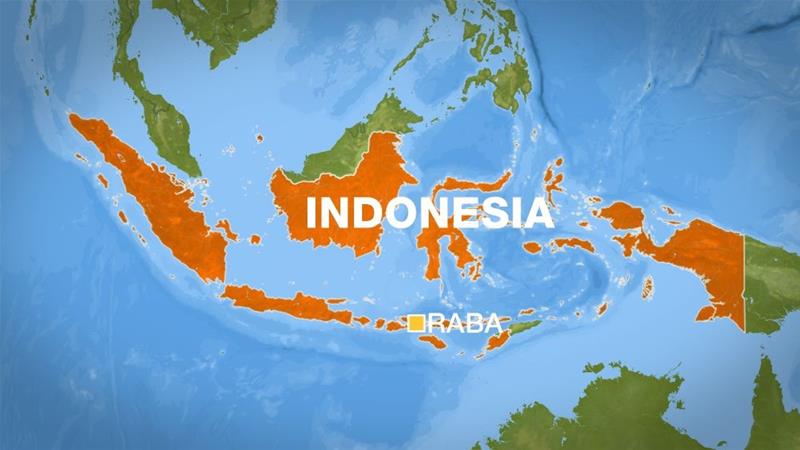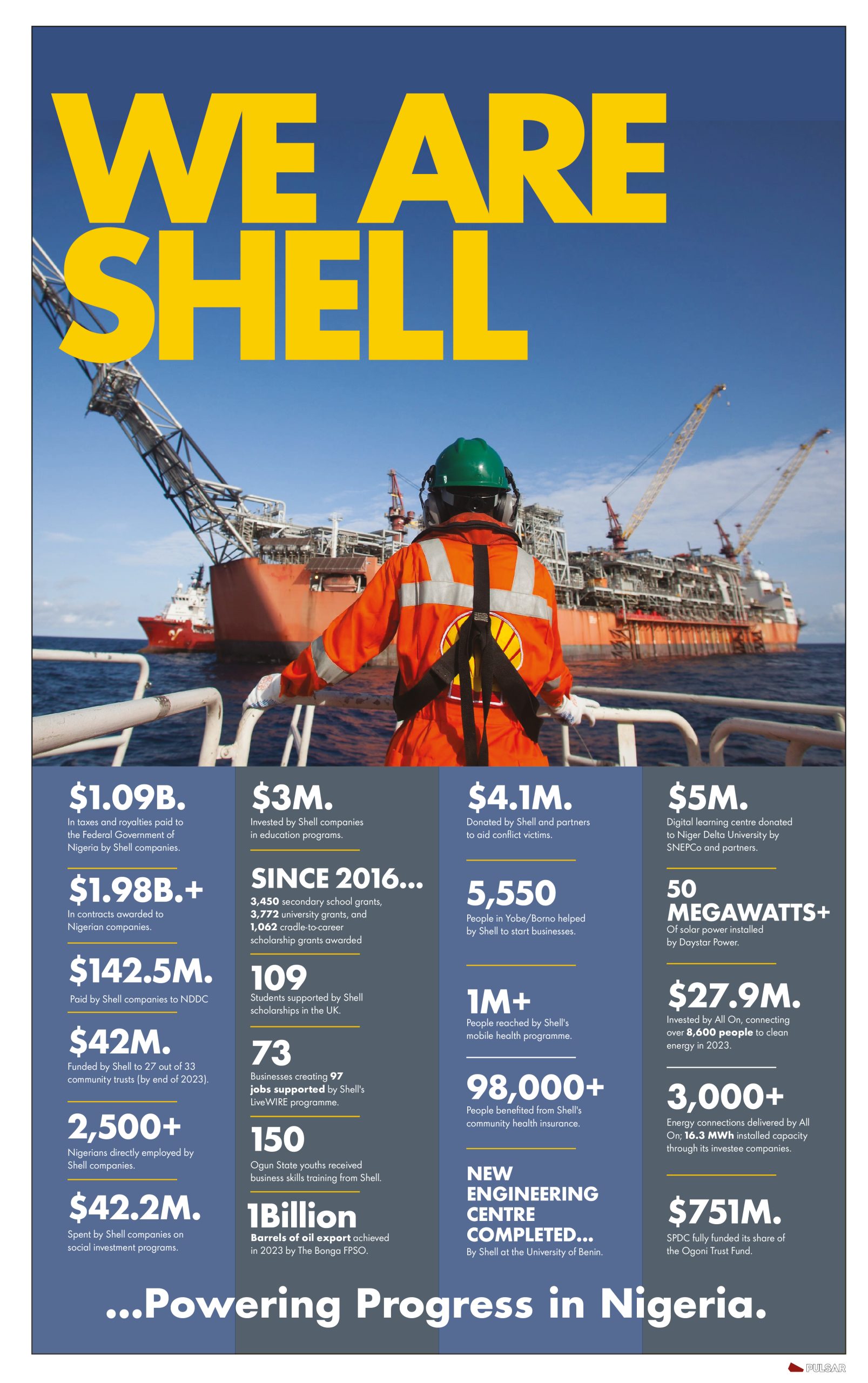The Mount Ibu volcano on Indonesia’s Halmahera island erupted on Thursday, sending grey ash 2,500 metres above its peak.
According to Encyclopedia Britannica, volcanoes erupt because of the way heat moves beneath Earth’s surface.
Meanwhile, there were no reports of casualties but locals and visitors have been advised to stay away from a two kilometre exclusion zone, said Axl Roeroe, an official with the Ibu Volcano Observatory.
He said those working outside should use protective masks.
Halmahera is part of the Moluccas Islands.
Indonesia sits on the Pacific Ring of Fire, an area known for seismic upheavals, and has about 128 active volcanoes
More on causes of volacanoes, according to the Britannica:
Volcanic eruptions are among the most stunning phenomena in the natural world. Volcanoes erupt because of the way heat moves beneath Earth’s surface. Heat is conveyed from the planet’s interior to its surface largely by convection—the transfer of heat by movement of a heated fluid. In this case, the fluid is magma—molten or partially molten rock—which is formed by the partial melting of Earth’s mantle and crust. The magma rises, and, in the last step in this heat-releasing process, erupts at the surface through volcanoes.
Most volcanoes are associated with plate tectonic activity. For example, volcanoes of Japan, Iceland, Indonesia, and numerous other places occur on the margins of the massive solid rocky plates that make up Earth’s surface. When one plate slides under another, water trapped in the subducted, sinking plate is squeezed out of it by enormous pressure, which produces enough heat to melt nearby rock, forming magma. Since the magma is more buoyant than the surrounding rock, it rises, and it may collect in chambers nearer to the surface. As a chamber fills up, the pressure inside may increase. When the downward pressure produced by the weight of rock above the chamber is less than the upward pressure produced by rock below the chamber, cracks often form above. Eventually the upward pressure may push the magma through the cracks and out of vents at the surface, where it becomes lava. In fact, strictly speaking, the term volcano refers to just such a vent, although it can also refer to the landform created by the accumulation of solidified lava and volcanic debris near the vent.



